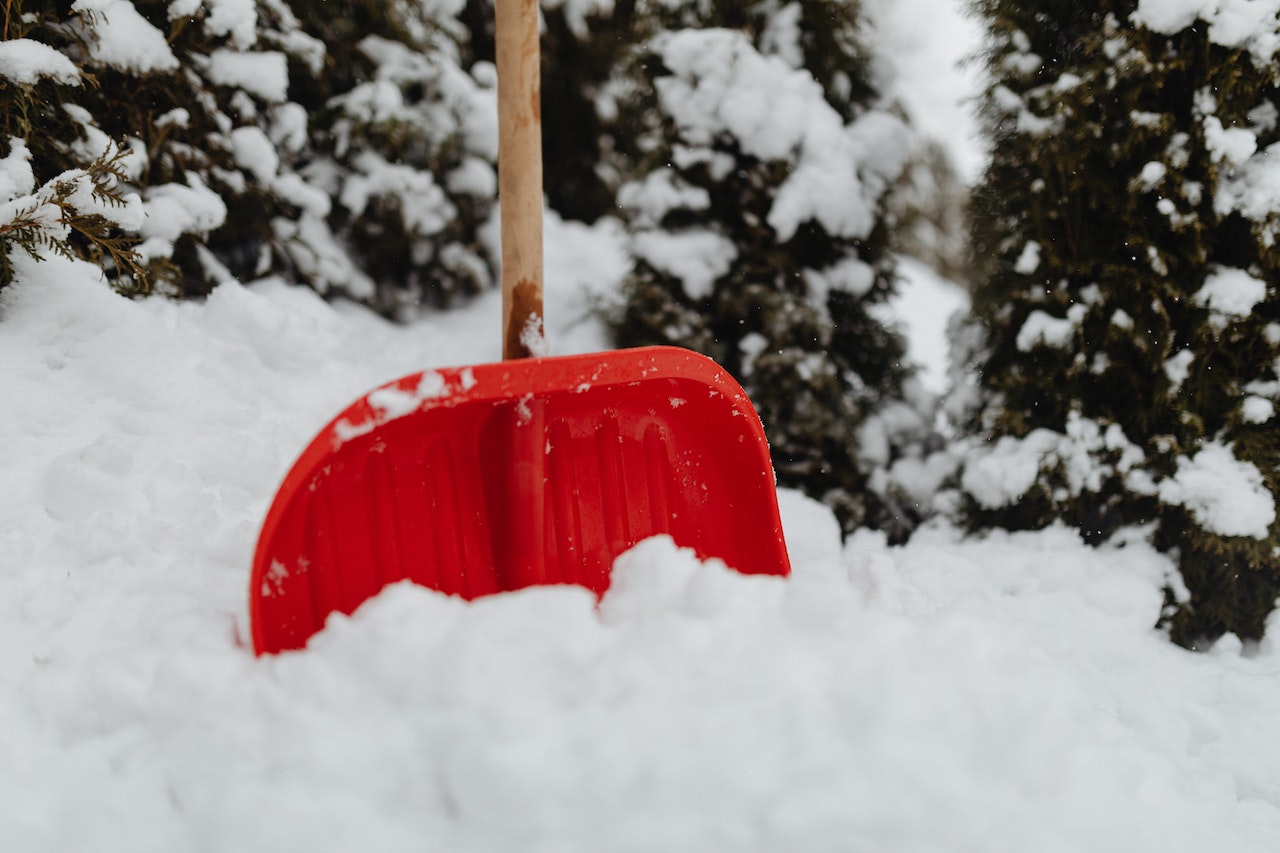With winter comes snow and ice. Although we all want safe walks and driveways, salt is damaging to the environment, yards and gardens, and pets. Salt can damage and crack pet’s paws, it corrodes metal and concrete and is damaging to grasses, trees and plants. Also, when the ice and snow melt, the salt finds its way into our waterways affecting the plants and animals in our fresh water. A single teaspoon of a deicing salt containing chloride is enough to contaminate five gallons of water. Once salt dissolves, it does not degrade overtime. In fact, chloride from deicers is very challenging and costly to remove from water essentially making it a permanent pollutant. According to SaltSmart.org, the amount of chloride in Chicagoland waterways including our drinking water is increasing. The majority comes from deicing salts.
Because there isn’t a salt product on the market that is completely harm-free, the best thing you can do is to avoid using them. Shovel first and aim to shovel sidewalks as soon as possible after snowfall so that the snow doesn’t get compacted and form ice from foot traffic. If you must use salt, use just enough for the job. A 12-ounce mug of salt should be enough for 500 sq ft of driveway or about 10 sidewalk square. Spread it evenly not in clumps and after the snow has melted, sweep up any remaining salt for reuse. Consider also alternatives to salts such as sand or ground coffee which provide traction on ice. If you do use these alternatives, sweep them up when the ice and snow are gone so they don’t make their way into the storm sewers.
To learn more check out the Salt Smart Collaborative or the Chicago Area Waterways Chloride Working Group.



